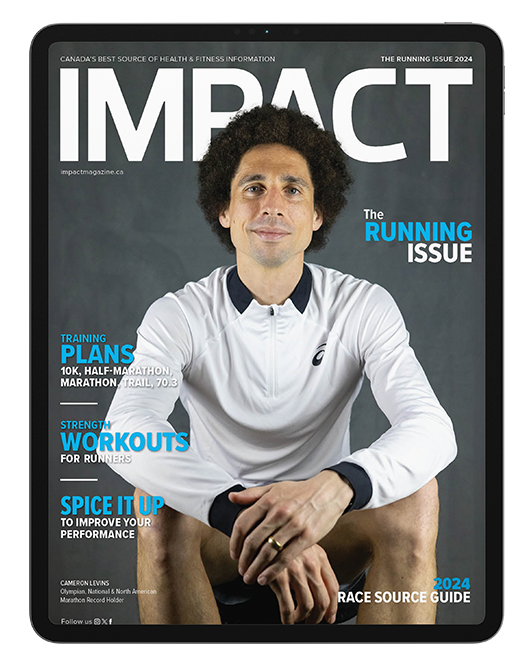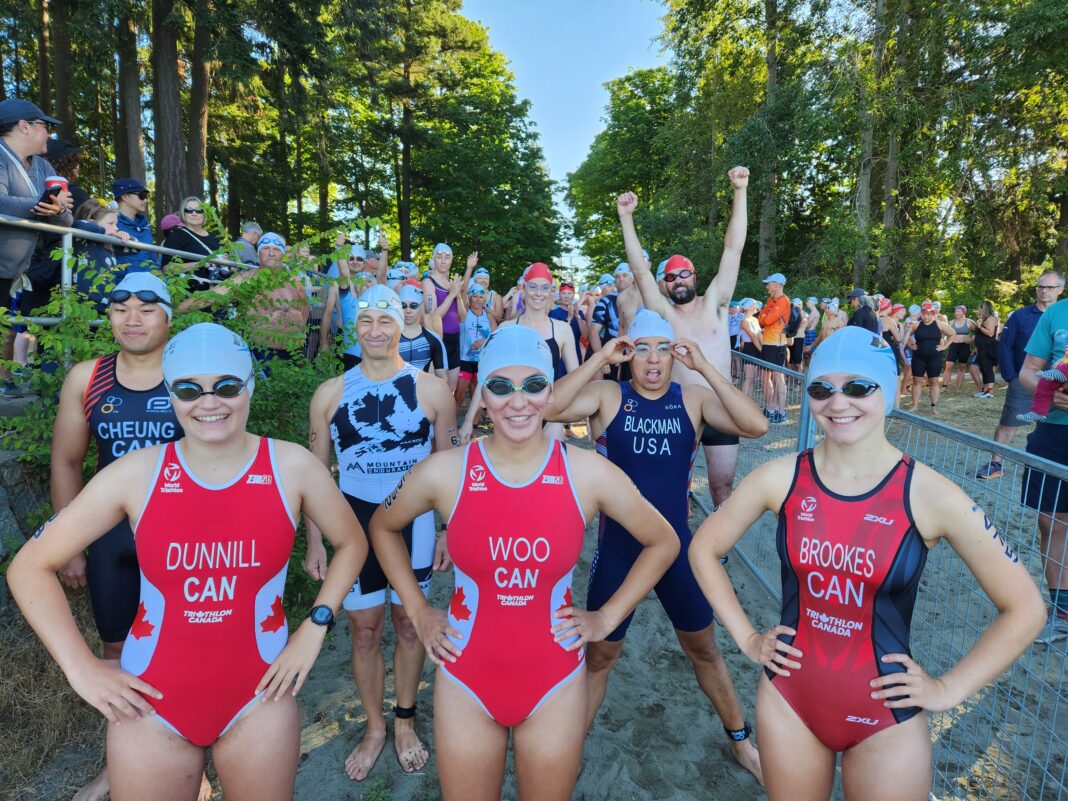This 12-week 70.3 training program is designed for the athlete that is looking to make the jump up in distance from sprint or standard distance triathlons.
This program will take the athlete through three four-week blocks of training consisting of three build weeks and one week of recovery/adaptation. Each build week will have a theme—strength, turnover/speed and tempo. Each recovery week will allow the athlete to shed some of the built-up fatigue and test their aerobic capacity.
The goal is to increase your aerobic efficiency and strength, giving you the confidence to stand on the water’s edge knowing that you are fully prepared for the day ahead.
Most of the workouts on this schedule (excluding swims) will be given in terms of time not distance. Although this is the general rule, there will be exceptions when we get into threshold workouts, time trials and aerobic efficiency tests.
Your schedule will have terms incorporated into it that many of you may not be familiar with. These are some of the common terms and acronyms that you will see.
Aerobic – For those that have heart rate monitors (a tool I suggest everyone invest in) I consider aerobic to be 75 per cent of your maximum heart rate. This is not 100 per cent accurate for everyone, but as a general rule it is usually quite close. Another way to work out this heart rate is the MAF method, explained here: https://philmaffetone.com/180-formula/
Lactate testing is the gold standard for setting zones, so if you have access to this type of testing you can dial in your training zones with even greater accuracy.
You will often find that one of three words will follow aerobic on the schedule: aerobic base, aerobic endurance, aerobic recovery. The word that accompanies aerobic is there to give you the purpose and goal of the workout. You will want to stay at MAF or below for each of these workouts, but it is important that you approach each workout clear on the purpose and objective.
Tempo – This is an often misinterpreted term. Tempo is that work that is right above your aerobic limit. I consider this to be 80 – 85 per cent of your maximum heart rate. Tempo workouts will be efforts that are slightly longer in duration (10 – 20 minutes to begin) and they will have you swimming, biking or running at a pace that is slightly higher than your aerobic pace. These are efforts that are slightly uncomfortable, but they should become sustainable for longer and longer periods of time as we move through the program.
Threshold – This type of workout is shorter in duration, and this is often where we will get into using set distances to monitor and track pace times etc. (i.e. 3x 1 kilometre, 2x 2 kilometre, etc.) In these workouts your heart rate should be in the 85 – 95 per cent range. The ability to spend time here for longer periods of time can push your anaerobic threshold higher so that you can work at a higher percentage of maximum for longer periods of time. These workouts hurt, take longer to recover from and only appear at certain times of the year to give you speed.
Speed Intervals/Hills – These are the workouts where you can leave the heart rate monitor at home and maximum efforts are expected. Speed intervals and hills are generally never any longer than one to two minutes and they are designed to have you generating maximum power and effort. Short hill efforts on the run are a perfect example of this type of workout.
Strength/Core/Hips – There are many great triathlon strength programs that can be found online. Often time is a limiting factor, so I highly recommend prioritizing hip/core strength at the minimum. A strong core and hips are essential to efficiency and resilience over long-distance racing.
Legend
MRI – Minute rest interval
SRI – Second rest interval
Fartlek – Speed play
Brick – Run off of bike
WU – Warm-up
MS – Main set
CD – Cool down
MAF – Maximum Aerobic Function
Download a PDF of the 70.3 Training Plan.
You may also like: Training Plans

Read This Story in Our 2024 Running Issue
Featuring Canadian Olympic, National & North American Marathon Record holder Cameron Levins. Run your way around the world with some cool, quirky and unconventional races. Train for 10 km right up to a marathon – plus a 25 km trail run and 70.3 program. Strength workouts for runners, spice it up to improve your performance and so much more.

















